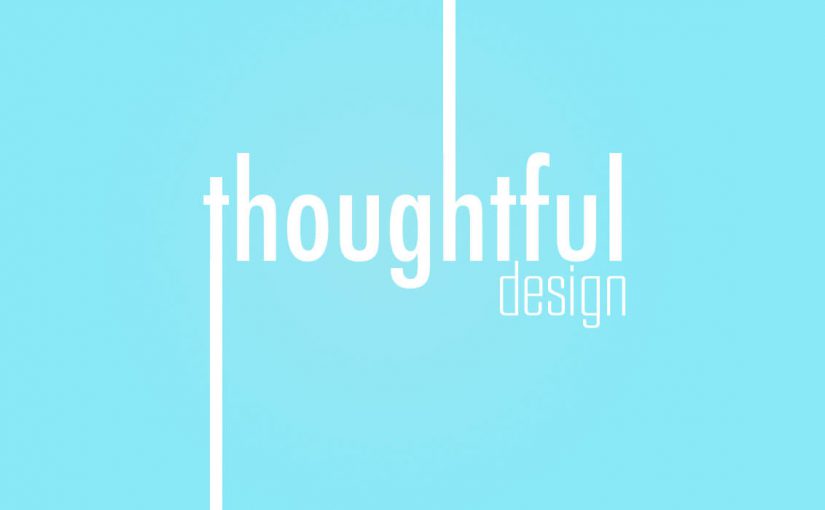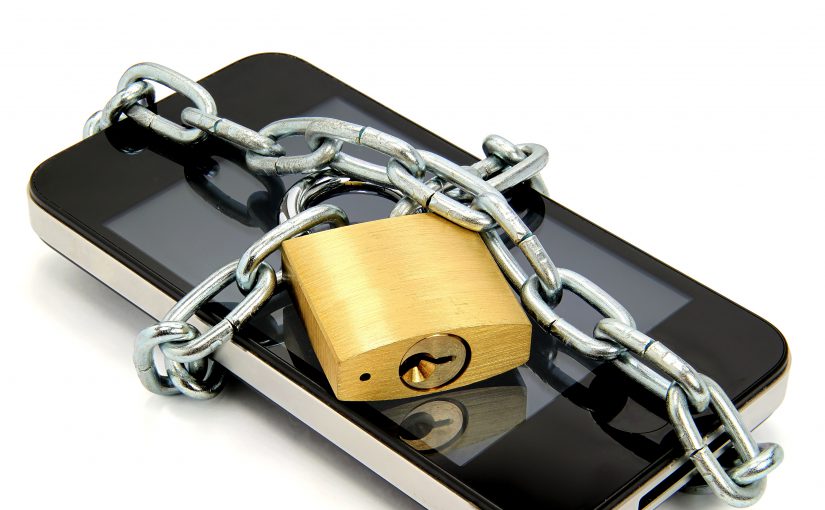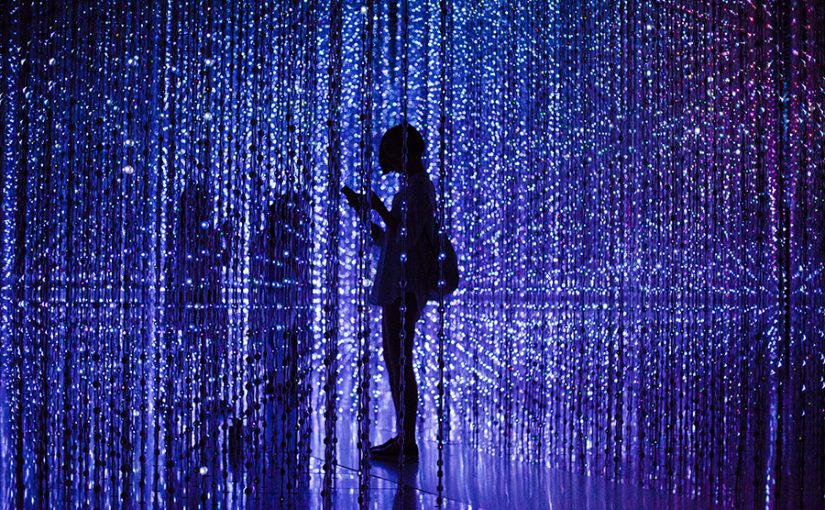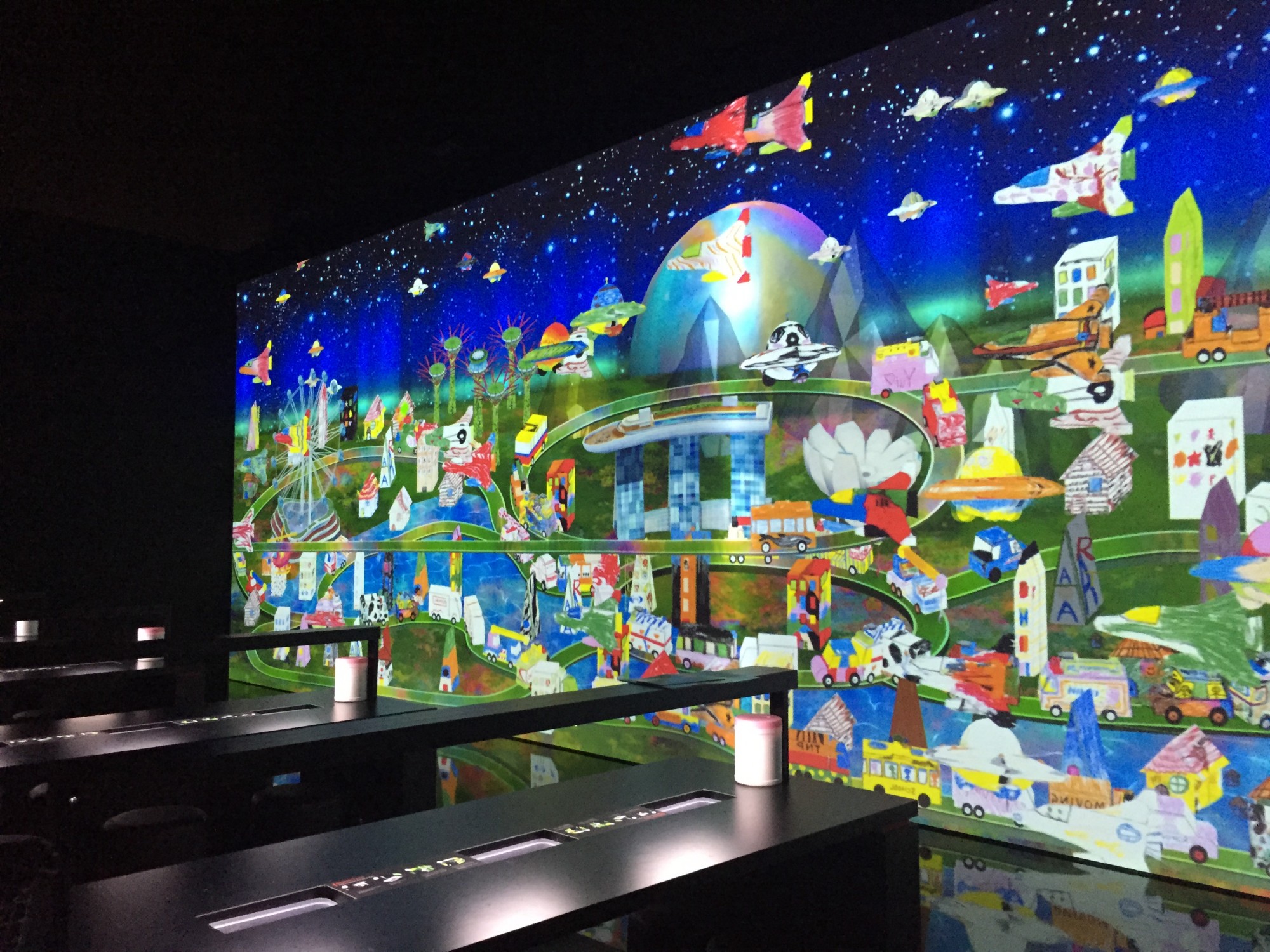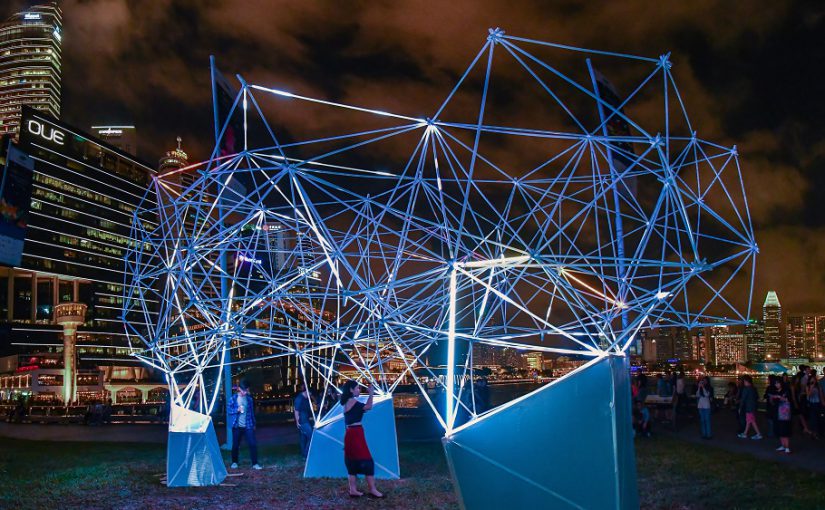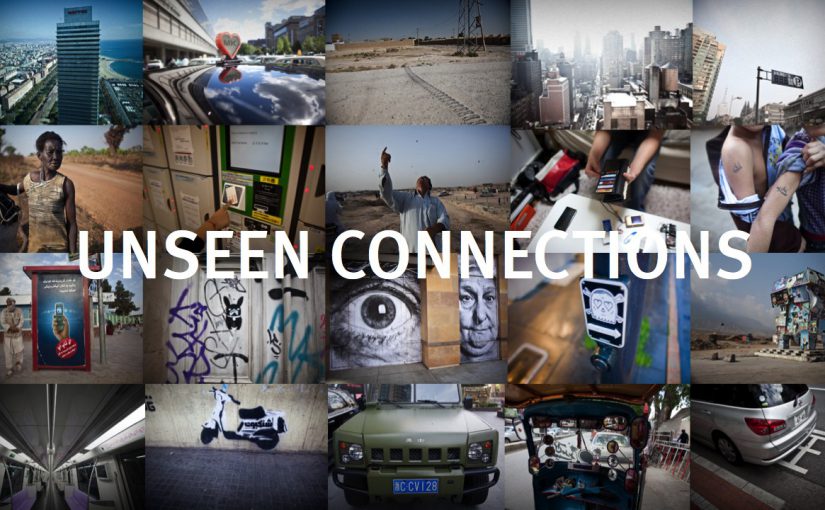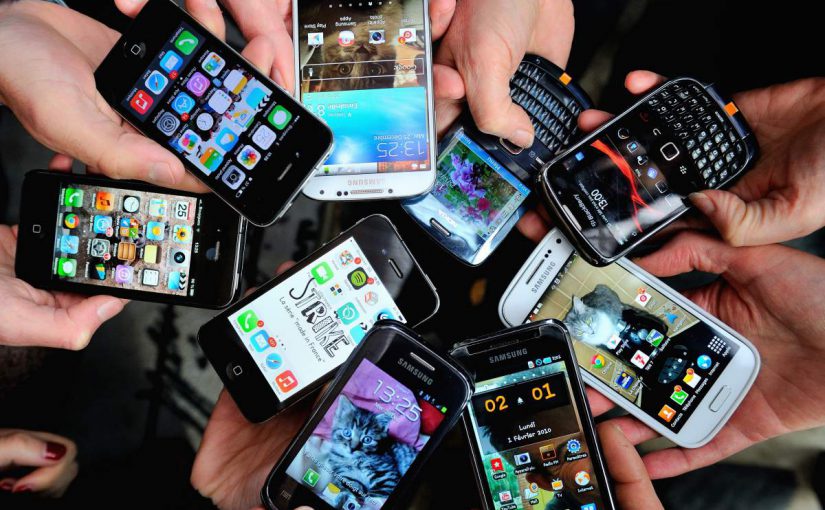This chapter talks about how design is meant to serve human needs and goals. One of her quotes in the chapter: ” design is the craft of visualizing concrete solutions that serve human needs and goals within certain constraints.” This quote gave me a clearer picture as to how we should design.
Being a good designer does not just mean making our products aesthetically pleasing but going back to the basics and identifying the problems and try to solve them before diving straight into designing upon receiving the brief.
At Cooper, it is believed that the best way to successfully design a product is to focus on achieving goals, which is also Goal- Directed Design. Goal directed design consists of design principles, patterns, process and practices. As a starting point, I personally believe that we designers should sit down with a clear state of mind, and evaluate the problem and solve them before we start to design. This very start-off point, to me, would be the most important part of the whole design process as it would dictate the direction of the project. Without a clear vision of the problem and solution, the end product might not solve the problem which also means that the project will fail. We often tend to get too carried away while designing our product, forgetting what and who we are designing. Therefore I feel that having a good starting point for any design project is essential for us in order to solve any problems in our projects.
Another point to reflect on would be a different take on the design process which includes research, planning, modelling, together with various requirements and frameworks. I strongly agree to this design process in terms of the research part as I feel that during the research part, it is where we uncover many different problems, even some problems which come unexpected. It is also the research part where we are also able to identify specific problem(s) and from there on carrying on with the subsequent design processes.
Design is a very broad word. It goes from emotions to visuals. It is certainly important to identify specific problems and adopt the most suitable design process in order to successfully design a problem which truly fulfills the brief. Having good and adequate knowledge about the problems through prior research would also help to identify design requirements and needs. These small and minute details might not seem important, but they would certainly make a difference along the way in the whole design process.

